

Josh Nevett
2025 Kia Tasman review
27 Days Ago

Contributor
After a 12-year alliance with Holden, Isuzu has gone its own way and partnered with Mazda for its all-new D-Max.
Arriving in showrooms on September 1, the new D-Max promises to take the rugged, reliable character of the outgoing car and pair it with a more upmarket interior, more refined drive, and more handsome exterior.
No small task, but a necessary one if it’s to compete with the rampantly-successful Mitsubishi Triton, Ford Ranger, and Toyota HiLux.

First, the engine. Although it’s still a 3.0-litre turbo-diesel like before, Isuzu is at pains to point out what’s changed for 2020. Power is up 10kW to 140kW, and peak torque is up 20Nm to 450Nm.
Those figures can’t match the 3.2-litre five-cylinder engine in the Ford Ranger (147kW/470Nm) or the updated four-cylinder in the Toyota HiLux (150kW/500Nm), but it has the engine in the Triton (133kW/430Nm) covered.
Isuzu says there’s a new engine block, cylinder head, and aluminium pistons for 2020, along with a revised air intake system and variable-geometry turbo. Also new for 2020? The high-pressure fuel injection system.

Despite all the updates, the new D-Max is actually thirstier than the car it replaces. Claimed economy is between 7.7L/100km and 8.0L/100km, compared to a worst figure of 7.9L/100km for the current range-topping LS-T.
Power is put to the road through a six-speed manual transmission, or a new six-speed Aisin torque converter. Isuzu says it’s smoother than before, with a more intelligent shift logic and improved cooling designed to aid its performance with a trailer attached.
Two- and four-wheel drive options are available, and four-wheel drives now get a locking rear differential as standard, which will please off-road enthusiasts.
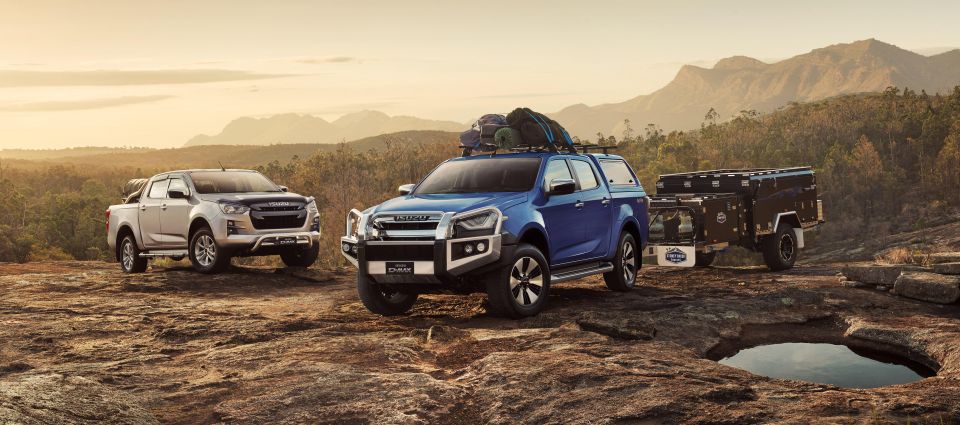
Under the skin, the D-Max rides on a new three-leaf rear suspension, unique among rivals – most of which use four leaf springs.
There are two states of tune, one focused on maximising payload in workhorse variants, and another which places greater emphasis on ride comfort in the city.
Approach angle is 30.5 degrees, departure angle is 24.2 degrees, and ramp-over angle is 23.8 degrees, while Isuzu claims an 800mm wading depth.
The D-Max will tow a 3500kg braked trailer and has a 350kg maximum down ball load, and payload varies from 970kg in the X-Terrain to 1320kg in the Single Cab Chassis SX.
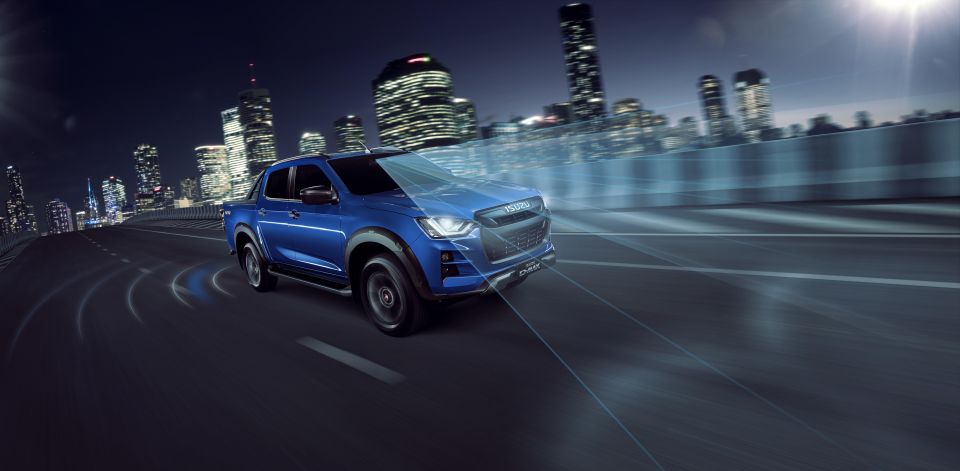
One of the biggest upgrades to the D-Max comes on the safety front. Every D-Max will come with a full suite of semi-autonomous driver assists under the IDAS banner, giving tradies – who spend more time on the road than anyone – access to the same technology as passenger car and SUV buyers.
Autonomous emergency braking, forward collision warning, turn assist, traffic sign recognition, lane-departure warning, blind-spot monitoring, rear cross-traffic alert, and automatic high-beam are included from the base ‘traffic controller’ model through to the X-Terrain.
Automatic models also feature wrong-pedal acceleration warning, adaptive cruise, and lane-keeping assist.
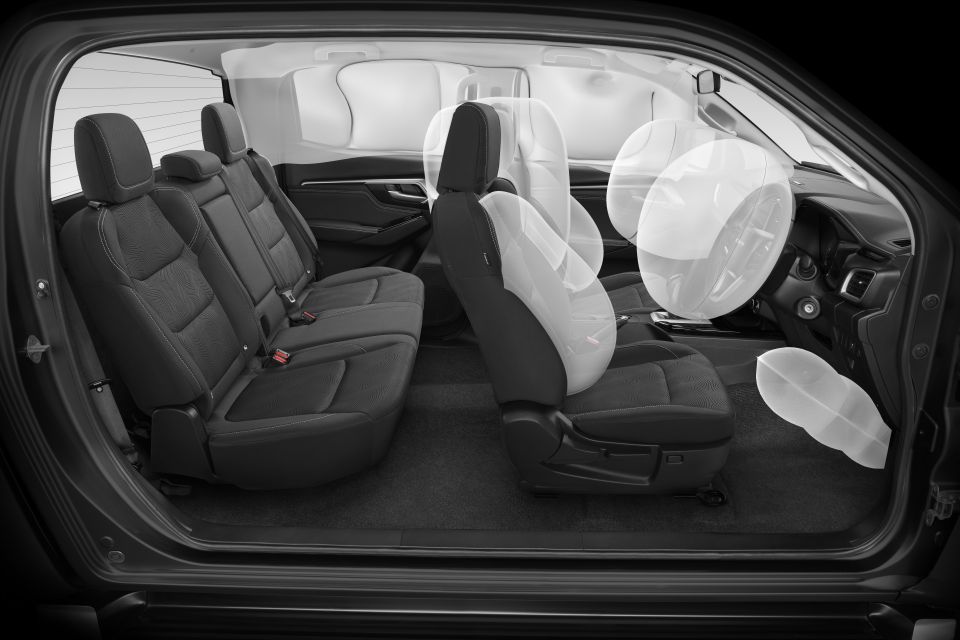
Eight airbags are standard, including a new central airbag designed to stop the passenger and driver’s flailing arms and heads crashing into each other in a serious side-impact crash.
Inside, the new D-Max has taken a huge leap forward compared to its predecessor. The entire range features wireless Apple CarPlay as standard, and even base models feature a 7.0-inch touchscreen infotainment system.
High-end models will pack a 9.0-inch display complete with factory navigation.
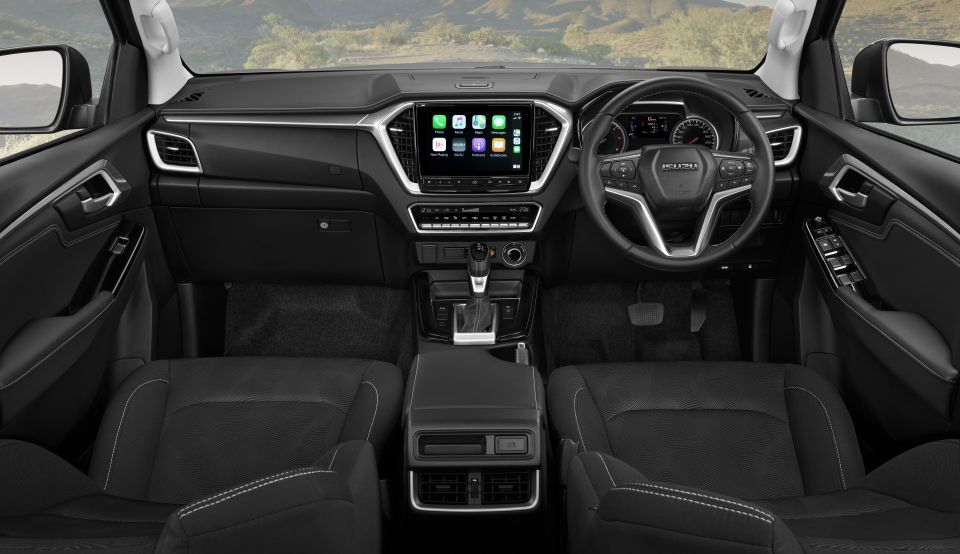
Regardless of trim, the D-Max features a reach and tilt-adjustable steering column, and Isuzu says the materials used to distinguish higher-end models have been improved for 2021 to help justify their increased prices.
Speaking of which, our full pricing breakdown for the 2021 D-Max range is here. Check it out for more details about service pricing, and standard equipment across the range.
The new D-Max will be in showrooms on September 1, 2020.
Where expert car reviews meet expert car buying – CarExpert gives you trusted advice, personalised service and real savings on your next new car.
Scott Collie is an automotive journalist based in Melbourne, Australia. Scott studied journalism at RMIT University and, after a lifelong obsession with everything automotive, started covering the car industry shortly afterwards. He has a passion for travel, and is an avid Melbourne Demons supporter.


Josh Nevett
27 Days Ago
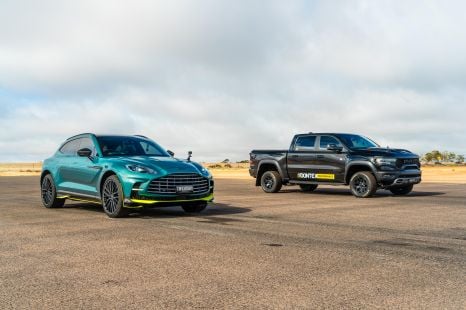

Paul Maric
27 Days Ago
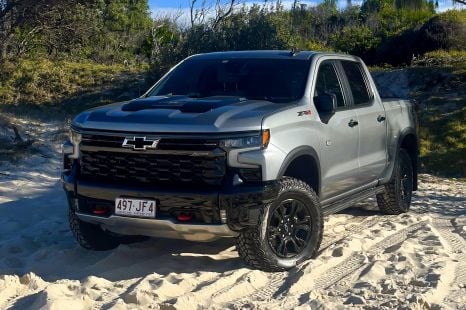

William Stopford
27 Days Ago


Paul Maric
14 Days Ago


Max Davies
9 Days Ago
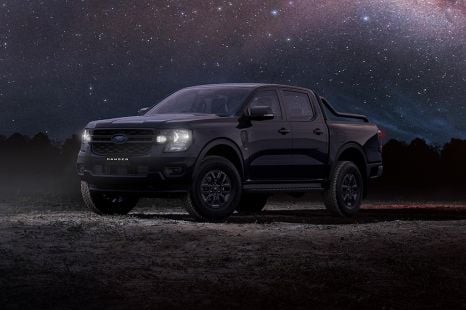

Damion Smy
7 Days Ago